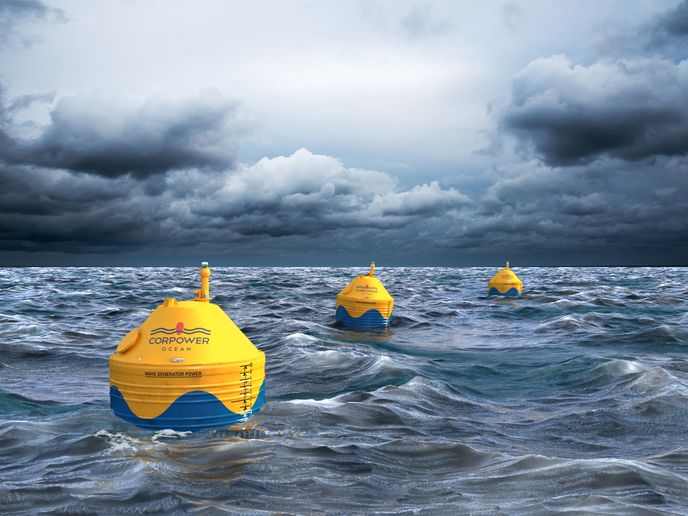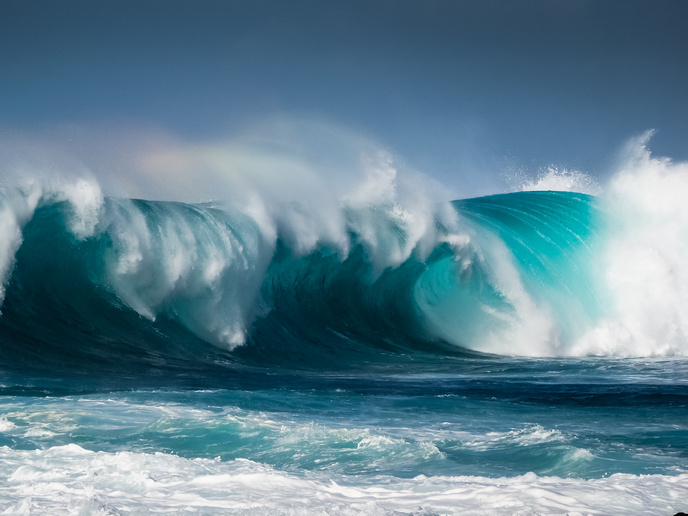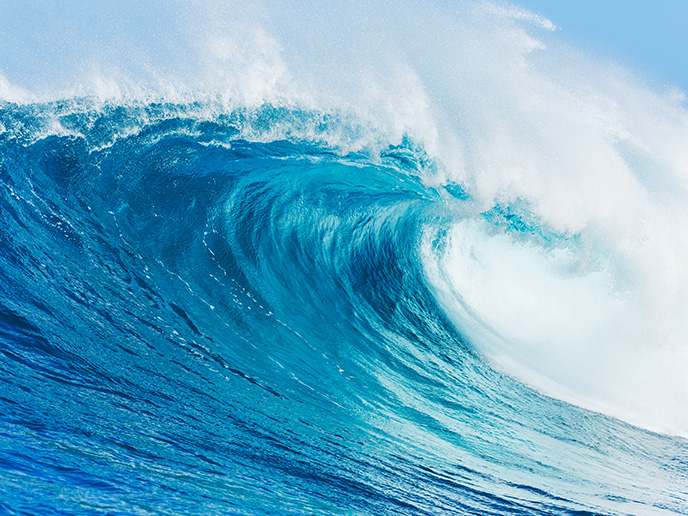New technology trials strengthen wave energy business case
Power take-off (PTO) is essentially a system that turns movement into electrical energy. In the case of ocean energy, this movement comes from ocean waves as they pass a wave energy converter (WEC). The PTO mounted inside the WEC hull then produces electricity. A key challenge in the roll-out of this technology has been a lack of available data from ocean deployment in the emerging sector. This has sometimes left investors unconvinced about the reliability of the technology and its slow roll-out. “More established industries such as offshore oil & gas and wind benefit from a large amount of real deployment data,” explains WaveBoost project coordinator Matt Dickson, technical project manager at CorPower Ocean, Sweden. “This enables them to design out non-reliable components and also predict when, and how, other components of the system will fail, informing effective maintenance strategies. Although we can benefit from some cross-industry learning, a new field like ocean energy has to start from the beginning to build this understanding.”
Real performance data
WaveBoost (Advanced Braking Module with Cyclic Energy Recovery System (CERS) for enhanced reliability and performance of Wave Energy Converters) sought to address this critical roll-out challenge by delivering real performance data, to demonstrate the technology’s operational reliability in harsh ocean conditions. The project team began by looking at some of the key reasons for PTO failure, and found the need for watertight low friction seals at the top of the list. “The hull of a WEC has rod-like pistons moving up and down into the hull as waves pass,” notes Dickson. “To visualise it, roughly imagine how mountain bike suspension forks work; the seals need to be tight, but still allow for up-and-down piston movement, or the device won’t function.” In order to gather information on how this aspect of technology could be improved, WaveBoost project partners built a bespoke state-of-the-art test rig in order to deploy a variety of scaled versions of these rod-like pistons. Different materials and coatings were trialled in order to gather information on friction, corrosion and sealing properties. “We experimented with leading sealing suppliers and ultimately came up with a completely new and novel sealing design,” says Dickson. “The seal is optimised for friction showing 70 % reduction compared with previous state of the art and mitigates all leakage.” The sealing system is a small but critical part of a new PTO system that also incorporates a revolutionary pneumatic module with 80 % fewer components and 98 % flow loss reduction. This has helped to reduce complexity and improve the reliability of the ocean-borne device. Additionally, the PTO wave spring technology amplifies the movement of the PTO, helping to achieve breakthrough energy efficiencies not seen in the sector to date. Final tests showed that with the new seal solutions, combined with other advancements in the PTO technology during the project, an improvement of over 27 % in annual electricity production should be possible and a 30 % reduction in the cost of wave energy, making wave energy a cost-effective and efficient source of renewable energy.
Industry-wide impact
WaveBoost’s new PTO technology has been designed so it can be installed in a variety of WEC devices. “PTOs are at the heart of WECs,” explains Dickson. “What we have developed can be transferred into a range of hull designs and sizes.” This, Dickson hopes, will help to speed up the deployment and success of ocean energy technology. “This project was the necessary bridge to full-scale development,” adds Dickson. “The bridge had to be strong enough for us all to cross, and in the end, we developed a better PTO design than we ever anticipated.” WaveBoost’s successful completion has unlocked CorPower’s plans to deploy full-scale WECs in the first quarter of 2021. CorPower hopes to introduce certified and warrantied products onto the market by the end of 2023. “We have shown that wave energy is a bankable technology that can attract mainstream renewable energy project finance,” concludes Dickson.
Keywords
WaveBoost, ocean, energy, wave, PTO, WEC, offshore, renewable, rig, seal







